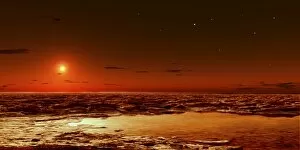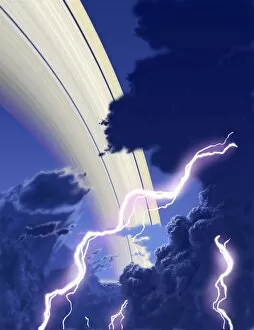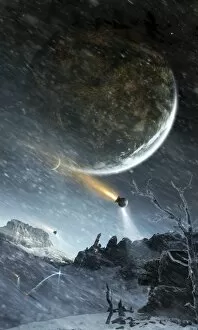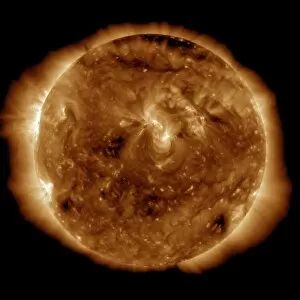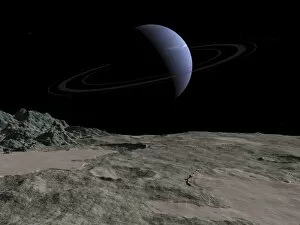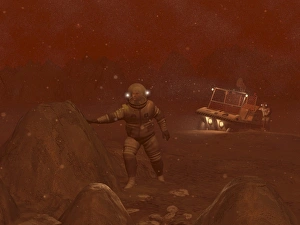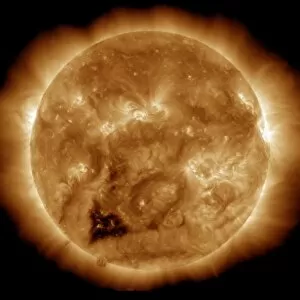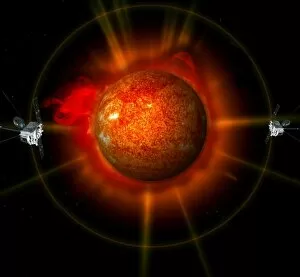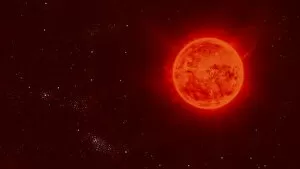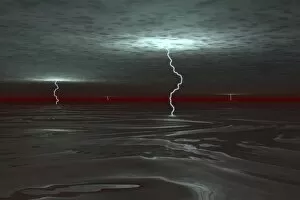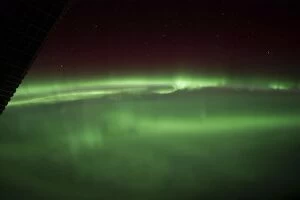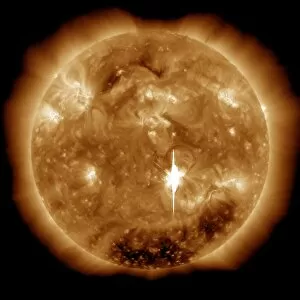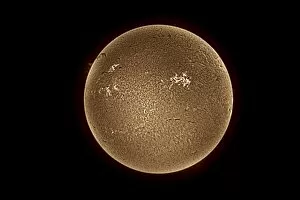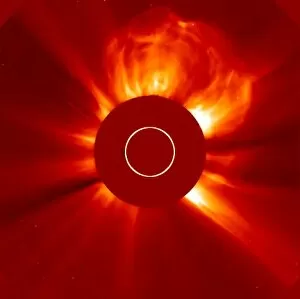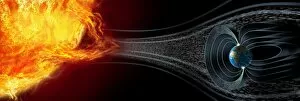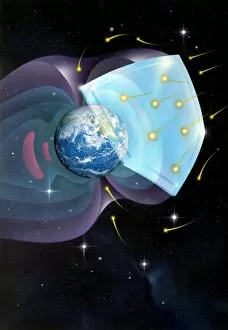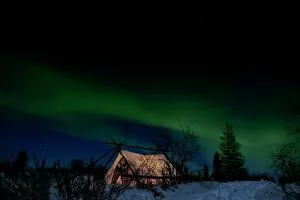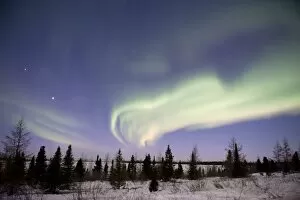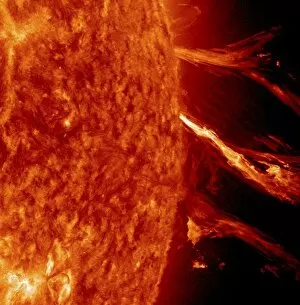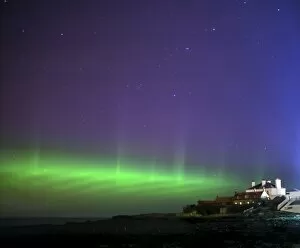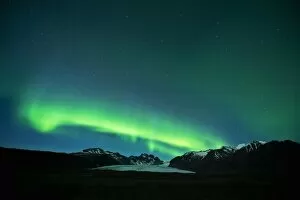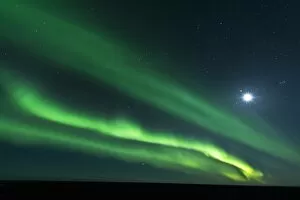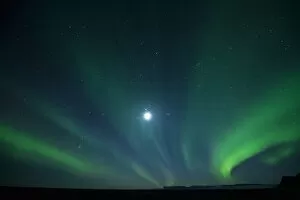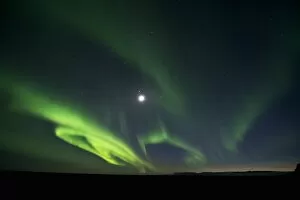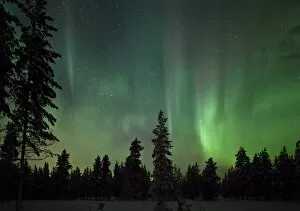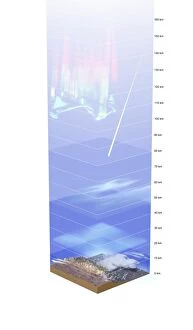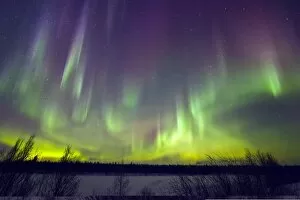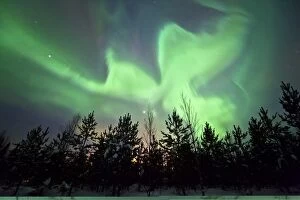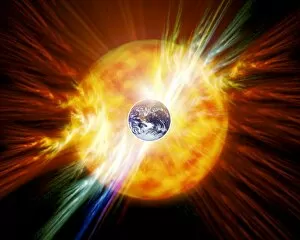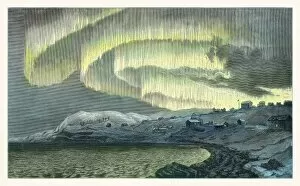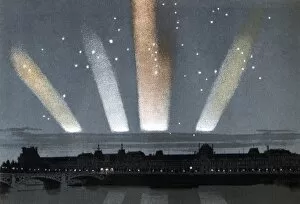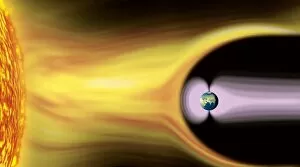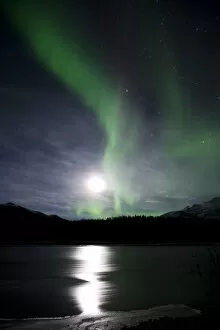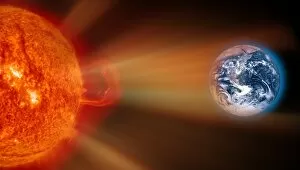Space Weather Collection (#2)
"Exploring the Mysteries of Space Weather: A Captivating Journey through the Cosmos" Witnessing Nature's Light Show
For sale as Licensed Images
Choose your image, Select your licence and Download the media
"Exploring the Mysteries of Space Weather: A Captivating Journey through the Cosmos" Witnessing Nature's Light Show: An awe-inspiring aurora over Antarctica captured in a stunning satellite image. When Aurora Borealis Meets the Moon: A celestial dance between the ethereal Northern Lights and our radiant lunar companion. Enchanting Colors of the Night Sky: The mesmerizing spectacle of an Aurora Borealis painting vibrant hues across the heavens. Unveiling Nature's Canvas: Druridge Bay, UK becomes a breathtaking backdrop for a captivating display of the Aurora Borealis. Nature's Extraterrestrial Artistry: Glimpses into Neptune's enigmatic beauty through an artist's conceptual representation. Descending into Venus' Inferno: Exploring the scorching surface of this infernal planet, where extreme conditions prevail. The Sun - Our Celestial Powerhouse: Unraveling its mysteries and understanding its crucial role in space weather phenomena. UFO or Natural Phenomenon? A colossal unidentified object venting plasma from our mighty Sun sparks intrigue among astronomers worldwide. Lunar Swirls Revealed by NASA Mission ARTEMIS Data Analysis: Groundbreaking research sheds light on these enigmatic lunar features, unlocking secrets about their formation and significance. Mars - The Red Planet Alive with Solar Activity: Delving into solar storms and their impact on Mars' dynamic atmosphere. Embark on this cosmic journey to unravel space weather's wonders, where nature paints vivid displays across polar skies, planets reveal their hidden treasures, and our starry sun influences worlds beyond imagination.

